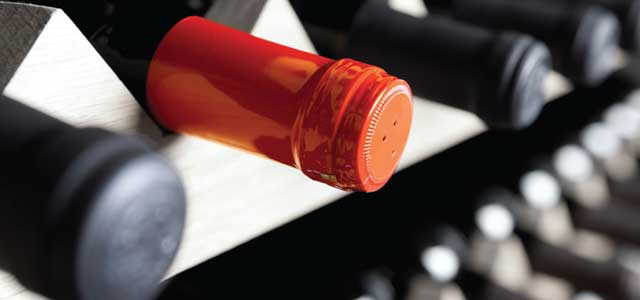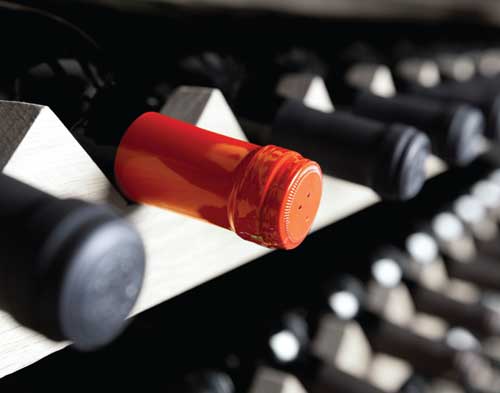Copyright © 2025 · All Rights Reserved · Hollywood Bowl Chefs Picnic Club
By Robert Whitley
For me, the gift that keeps on giving is wine with cellar potential, wine that improves with age, despite the controversy sparked by a famous wine critic who says aged wines aren’t necessarily all they’re cracked up to be.
To be sure, many wines made today are as good as they will ever be. Those red wines are geared toward wine consumers who crave luscious primary fruit, sweet tannins and soft acidity. The Napa Valley certainly has its “cocktail cabs,” cabernet sauvignon that is sweet and soft, with virtually no bite or backbone. I sometimes enjoy those wines myself. But hang onto them too long, and you’ve made an expensive mistake.
A smaller market segment treasures a red wine that gloriously evolves into an ethereal state, maturing a number of years in a decent wine cellar. One prominent writer opines that aged wines are an “acquired” taste. Of course: Most wines are consumed within 72 hours of purchase, and few every-day wine drinkers have an honest-to-goodness wine cellar.
Another writer prefers a wine with gobs of fresh fruit to one that smells and tastes of leather, an aroma you might find in an older red wine. Too much leather doesn’t work for me, either. There is a place between the fresh, young, fruity red wine and dried-out, leathery red past its prime.
Who determines that prime? You. Me. When a wine has reached its peak is purely a matter of subjective personal preference.
Here’s what I look for.
Color doesn’t tell you much about a younger red wine but can provide valuable clues to the integrity of an older wine. As they age, red wines get lighter, and whites get darker. An older red in good condition is clear at the rim and a red-brick color toward the core.
If you poke your nose into the glass and all you smell is leather, old wood and barnyard, the wine is well past its peak . A great wine at its peak exhibits those secondary aromas as subtle complexities, with fruit still the dominant note.
I appreciate quality achieved at a young age, but when I dive into my cellar for a special wine to serve with dinner, I almost never select a Bordeaux, Burgundy, Barolo or California cabernet that doesn’t have at least 10 years of age.
That’s how long it takes to soften tannins and round out the acidity of truly outstanding red wines from the best vintages. Astringency and bite have been tamed. Tannins that can mask the fruit have receded. More subtle secondary aromas find their voice. The wine is simply more complex, delivering greater sophistication and elegance, not all youthful fruit, tannin and acid.
But you must take the 10-year taste test yourself to decide whether aged wines are a taste worth acquiring.



